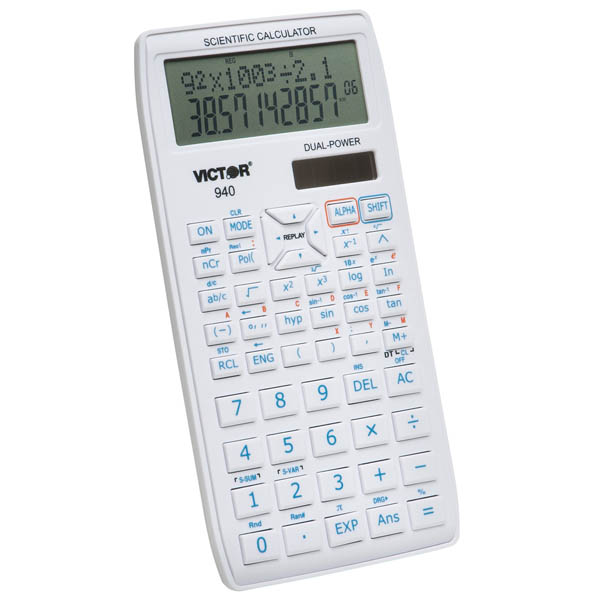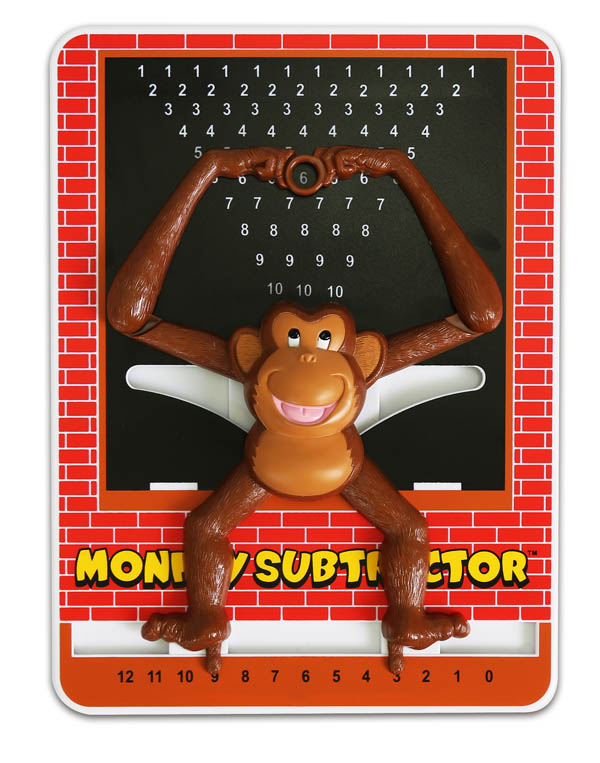
To figure interest, you must know the amount of money (principal), the time period for which it was borrowed (time) and the interest rate that is being charged or paid. Compound or compounded interest is figured on the principal, then after the first payment, it is calculated on the remainder of the principal and after the next payment it is figured again on the remaining principal and so forth. Simple interest is calculated on the entire amount of money (called the principal) once and then the amount is divided by the number of payments and added to each payment. Another calculation that can be drawn from sales volume is your companys. If it is with a bank or financial institution, you will probably pay compound interest. sales volume and why its important to drive data-driven retail execution.


If your loan is for a very short period of time or is a personal loan from a family member, you may pay simple interest. And if you use a charge card and do not pay off the charges when they are due, you will be charged interest. However, if you borrow money like taking out a loan for a car, boat, or house, you pay interest. This happens if you have a savings account or you purchase interest-earning bonds or Treasury Bills (TBs) or Certificates of Deposit (CDs). When you invest money, you make interest – the interest is paid to you. 80, etc.Interest is the biggest use of percentage in everyday life. Which makes sense that’s basic retail math. At its simplest, you want your formula to look like this: Keep your Customer Acquisition Cost (CAC) below your Customer Lifetime Value (LTV). If you want a 20% profit, divide the cost by. The online retail math formula describes the ratio of your Customer Acquisition Cost (CAC) to your Customer Lifetime Value (LTV). If you want a 60% profit, divide the cost by. If you want a 30% profit, divide the cost by. You need to practice it until you can arrive easily at any profit margin you wish. Simple math, but usually a bit misunderstood. It does not take into consideration your competition and their pricing strategy. Cons of using this method to calculate your retail price. Take your set retail price of $166.67 and subtract your targeted profit %. As long as your math is right, you are assured a profit. You can then double check to ensure you have your 40% profit margin by: Use up to sixteen fields to create product options Use basic mathematics operators. That would be the correct retail price to assign. Add a State-of-the-Art Measurement Pricing Calculator to Your Store. 60 which is just another way to write 60%) and you get $166.67.

Your targeted profit % is 40 Take 100 minus 40% and you get 60%. Wait just a minute… That’s not what you intended to do.

If it’s below the $100, you’ve cut into your profits! If you take $140.00 and multiply it by your target profit of 40% you’ll get an answer of $56.00. Calculate your RRP (Recommended Retail Price), by multiplying your wholesale price by 2 or 2.5. Calculate your wholesale price, by adding up cost and profit margin. That’s not quite right, so let’s check this a little further. This is a simple 3 step method to get to your RRP (Recommended Retail Price) How to calculate retail price. And based on that, most believe they’ve set the retail price appropriately to make a 40% profit! Zonk! Math is used at every level of retailing, whether its making change, calculating percentages to determine discounts, factoring in sales tax, or figuring out shipping charges. Here’s the scenario: They’d like to have a 40% profit and usually take the cost, (let’s say that’s $100.00), and simply multiply it by 40% and add that figure to the $100 which is then assigned as the retail price. In pricing an item or service I have found there is a common mistake most people make.


 0 kommentar(er)
0 kommentar(er)
